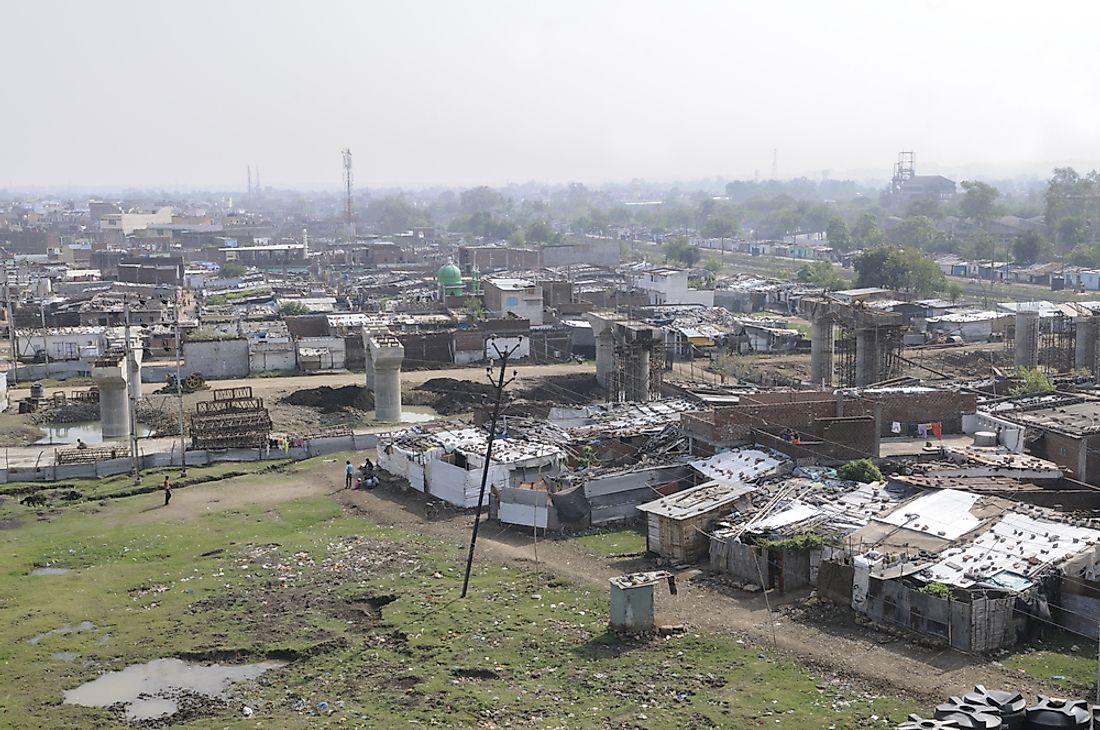What Is A Toxic Hotspot?

Toxic hotspots are specific areas with high concentrations of toxic substances that may be present in air, soil, or water, and they are substantially higher compared to the background levels. In toxic hotspots, the risks of residents suffering adverse health effects are significantly high. These locations are often found near landfills, sewage treatment plants, battery recycling sites, mines, tanneries, and refineries among a host of other operations.
Famous Toxic Hotspot Examples
Hinkley, United States
The California town of Hinkley is an example of a toxic hotspot where contamination has affected the groundwater. Residents of the town have been exposed to hexavalent chromium poisoning for decades dating back to the mid-20th century. The Pacific Gas and Electric Company is a major natural gas company that is responsible for the groundwater contamination, as it operates a compressor station in the town used to compress natural gas. The compression of the natural gas involves large cooling plants with hexavalent chromium water which was used to cool the compressed gas. The compound, which is recognized as a carcinogen, was used to protect the machinery from rusting. The contaminated water percolated into the town’s groundwater, exposing the inhabitants to the carcinogenic compound. The residents of the town filed and won a lawsuit against Pacific Gas and Electric which resulted in a settlement valued in millions of dollars.
The Pacific Proving Grounds
The Pacific Proving Grounds is a site in the Pacific Ocean referring to the Marshall Islands and other islands that were used by the US government to conduct nuclear tests in the mid-20th century. A total of 105 nuclear tests have been conducted on the Pacific Proving Grounds since the American government began conducting nuclear tests in June 1947.
The nuclear test with the largest yield was Castle Bravo, one of the most powerful nuclear weapons ever detonated whose yield was measured at 15 megatons. While the nuclear tests ended in 1962, the region is recognized as a toxic hotspot due to the nuclear fallout that has affected the surrounding ecosystem for decades. The islands surrounding the Pacific Proving Grounds have been affected by nuclear fallout since the 1940s and have resulted in numerous health problems among the inhabitants. Cancer cases among residents of the Marshall Islands have been increasing in the late 20th century and early 21st century, a reality that has been blamed on the nuclear fallout. The US government has paid millions of dollars to the islands’ affected inhabitants as compensation for the effects of the nuclear fallout caused by the nuclear tests.
Bhopal, India
The Bhopal Disaster was the tragic leaking of a pesticide plant that occurred in India’s town of Bhopal on December 2nd, 1984. The destructive incident was caused by a gas leak emanating from one of the tanks that released toxic methyl isocyanate fumes into the atmosphere. The toxic fumes from the pesticide plant engulfed the town exposing its 0.5 million residents to the poisonous gas and resulting in the deaths of about 4,000 people. The Bhopal Disaster was among the world’s deadliest industrial disasters of all time. Hundreds of cases were filed against Union Carbide Corporation soon after the disaster, with the victims demanding to be compensated by the company. Union Carbide Corporation would later pay a total of $470 million to the Indian government as a settlement.











